Doe Park Inverted Arches
Doe Park Inverted Arches

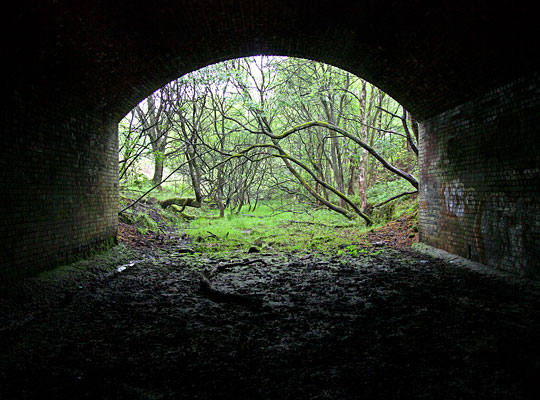
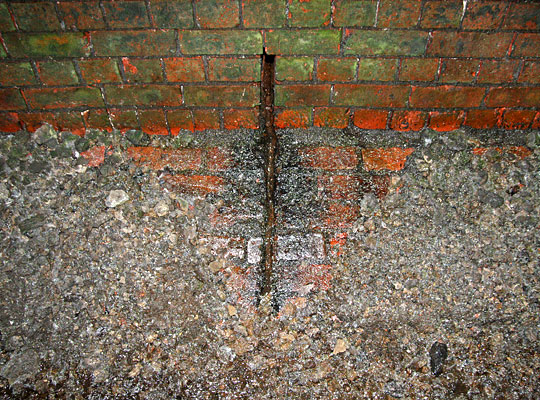
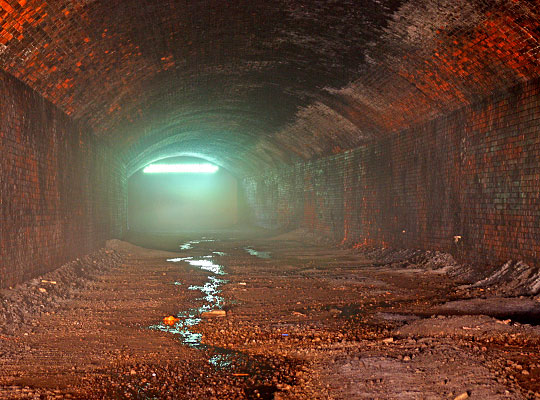
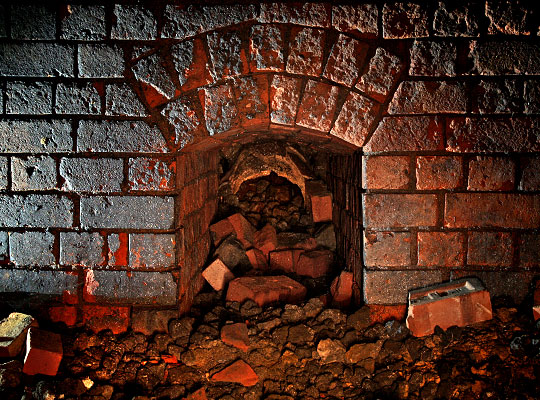
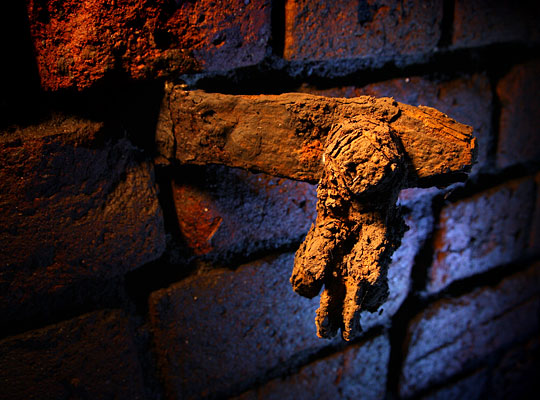
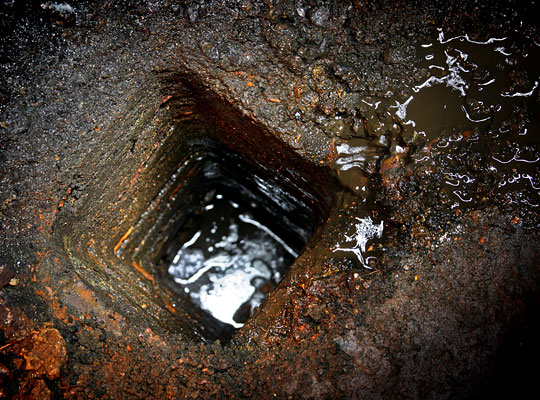
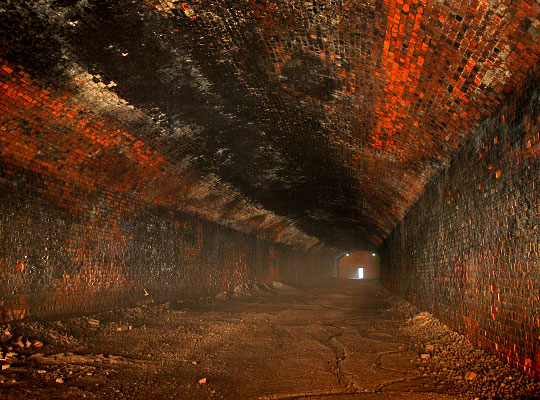








Driving the Great Northern Railway northwards from Thornton to Keighley was never going to be an easy ride for engineer Henry Fraser, with four tunnels to construct on the main line – totalling 2,488 yards in length – together with two substantial viaducts. Upwards of 1,500 men found work on the project. But this through route, constructed by Benton & Woodiwiss, would prove of great strategic importance, creating a direct link between the major textile towns in the Pennine foothills whilst bypassing the congested lines around Leeds and Bradford.
To the north of Denholme Station, the line entered a short tunnel of 140 yards before emerging into a cutting. However, the ground here proved unstable and two major landslips occurred; these pushed back the intended opening date. To resolve the problem, the cutting slope was battered back and two brick box sections built – known as inverted arches – to prevent any further ground movement towards the tracks.
The structures were given the numbers 43A and 43B, their lengths being 33 yards and 112 yards respectively. The entrances to the shorter arch – which are still open – present a brick headwall topped by a stone string course and parapet. Substantial buttresses are provided at both sides, beyond which are wing walls pushing into the cutting face. The segmental arch comprises six brick rings, springing off high vertical sidewalls. Below the trackbed, a brick invert was constructed to complete the box.
At its portals, the longer arch has triangular wing walls extending outwards, parallel to the tracks. Both entrances are bricked-up, with an access door provided at the south end. On the west side, the cutting slope falls towards track level so the ground has been built up to resist the thrust of the arch. The structure is identical in form to the other arch – a segmental arch rising about six feet, with vertical sidewalls and a brick invert. To deal with water run-off, a 1-foot diameter pipe enters through an archway in the sidewall, discharging its contents into the track drainage. Several signalling pulleys remain extant on the east sidewall.
The section of route from Thornton to Denholme was opened to passenger services on 1st January 1884, goods having been carried for some weeks previously. However, due to the construction delays, the remaining section to Keighley was not inspected by the Board of Trade until 26th March 1884, allowing through traffic to be introduced on 1st April.
Known affectionately as the Alpine Route as a result of its many structures, the line effectively became two long sidings on 11th November 1963 when the connecting section between Thornton and Cullingworth was closed. However the inverted arches could be incorporated into a future phase of the Great Northern Railway Trail.








